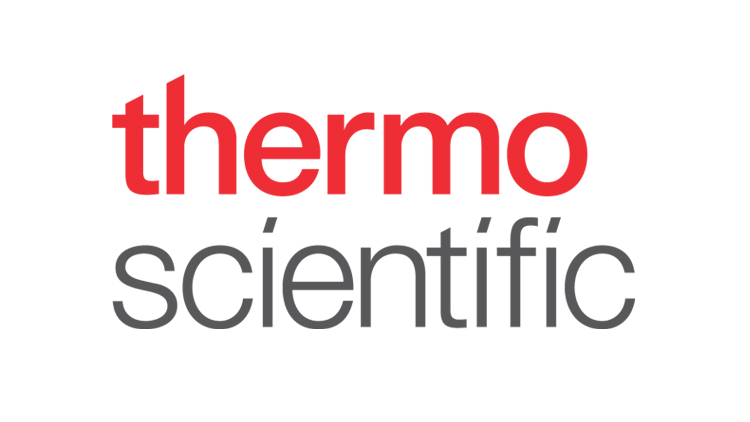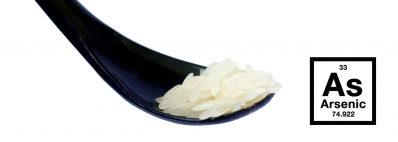Promotional Features
Monitoring SARS-CoV-2 in food packaging and the environment
Minimize the potential for environmental contamination and reduce risk to handlers and consumers
World Health Organisation (WHO) data reveal that the risk of SARS-CoV-2 transmission is much higher through direct aerial respiratory droplet from an infected person, when in comparison to handling or consuming of contaminated food. Despite the much lower risk from contaminated surfaces, research reveals that coronaviruses can survive on surfaces for up to nine days under specific conditions. The risk of SARS-CoV-2 transmission remains when a healthy person touches contaminated food or food contact surfaces and then touches their mouth, nose, or eyes.
The primary responsibility of food producers, retailers, public health authorities and other food-related businesses is to ensure food is safe and free from any preventable food-related illness, this is more critical when it comes to SARS-CoV-2. In any potential outbreak, appropriate cleaning, surveillance, and the prevention of cross-contamination are critical in the control of pathogens to prevent public health illnesses. Reliable, validated tests for detecting coronavirus on environmental surfaces are critical to food supply chain and retail businesses concerned with protecting workers and consumers as public health restrictions are relaxed.
Thermo Fisher is presenting a complete end-to-end workflow designed to detect SARS-COV-2 from food packaging and environmental samples. This workflow is geared towards decreasing the potential for contamination of the food supply and subsequent infection of handlers and consumers. The step-by-step workflow user guide is currently under-going Emergency Response Validation accreditation program by Association of Official Analytical Chemists (AOAC) International. Download to learn more about the workflow.
SARS-CoV-2 detection workflow on foods, packaging, and from the environment
To ensure accurate results are achieved, the first crucial step in any workflow is efficiency of sample collection. Thermo Fisher Scientific recommends its MicroTest Flocked Swab Kits for collection and Phosphate Buffered Saline (PBS) for transportation to the testing laboratory.
For nucleic acid extraction, various preparation options are available from automated medium-high throughput with KingFisher Flex Purification System, low-medium throughput with KingFisher mL Purification System, and manual preparation with DynaMag-2 Magnet. The PrepSEQ Nucleic Acid Extraction Kit provides a universal set of nucleic acid extraction reagents that can be used across both automated and manual extraction methods for food and environmental samples.
Both the Applied Biosystems QuantStudio 5 and 7500 Food Safety Fast Real-Time PCR Systems are recommended for use for the detection of SARS-CoV-2 when testing samples from food packaging and environmental monitoring. The systems are further recommended for a broad range of tests for other important food safety and environmental testing targets.
Find out more about detection of SARS-CoV-2 from food packaging and environmental monitoring and how Thermo Fisher Scientific can help.



